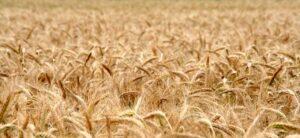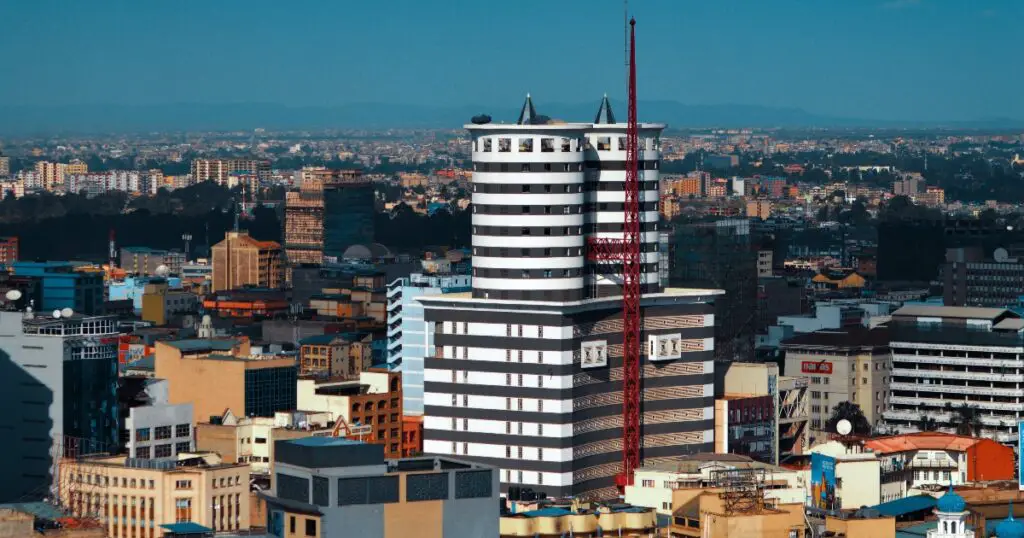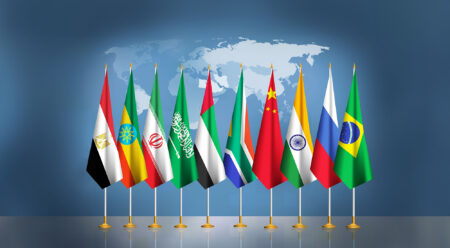- A new report by Knight Frank indicates that the ongoing war in Ukraine will affect Kenya’s overall gross domestic product in 2022
- According to the Half-year report, Kenya’s gross domestic product is projected at 5.5 per cent in 2022, lower than last year’s 7.5 per cent
- While Kenya has no significant direct trade with Russia and Ukraine, its exposure – as a net fuel, wheat, and fertiliser importer – to the global price impacts of the Russian invasion of Ukraine remains telling
Kenya’s gross domestic product is projected at 5.5 per cent in 2022, lower than last year’s 7.5 per cent, owing to persisting drought and Russia’s invasion of Ukraine.
According to a Knight Frank finding, Kenya has no significant direct trade with Russia and Ukraine. In fact, only 2.1 per cent of Kenya’s trade between 2015 and 2020 was from Russia and Ukraine combined.
Nevertheless, the report noted that Kenya’s exposure – as a net fuel, wheat, and fertiliser importer – to the global price impacts of the Russian invasion of Ukraine remains telling.
The overall year-on-year inflation rate, as measured by the Consumer Price Index (CPI), was 7.91 per cent per
cent in June 2022, eclipsing the 7.5 per cent CBK ceiling for healthy inflation for the first time in five years
by 0.41 per cent.
The rise in inflation was mainly because of an increase in prices of commodities under food and non-alcoholic beverages (at 13.8 per cent), furnishings, household equipment and routine household maintenance at 9.2 per cent, and housing, water, electricity, gas and other fuels at 6.8 per cen between June 2021 and June 2022. (Valium)
Shilling depreciates
During the half-year under review, the Kenyan shilling depreciated notably against the US Dollar and reached a record exchange rate low of $1= circa KSh 117.88.
The depreciation is associated with higher demand for US currency by importers of petroleum products, fertilisers and wheat, which has vastly surpassed earnings from exports, diaspora remittances and tourist receipts.
With persisting disruption in global supply chains for wheat, fertiliser and oil, the Kenyan currency is expected to depreciate a little further with respect to the dollar but should stabilise by the fourth quarter of 2022.
Remittance inflows increased by 100 per cent from KSh 150 billion in 2020 to KSh 301 billion in 2021. This massive surge is attributed to the ease of digital money transfers via technology-savvy Money Remittance
Providers (MRPs).
Due to the rebound of the economy post-Covid-19 pandemic and an increase in investors’ certainty, the
quantity of cement consumed surged by 23 per cent, from 7,375.60 tonnes in 2020 to 9,096.43 tonnes in 2021.
However, the value of building plans approved by Nairobi City County decreased by KSh 50.7 billion from KSh 153.6 billion in 2020 to KSh 102.9 billion in 2021, a 33 per cent decrease.
This decline is consistent with real estate investment cycles (Recovery, Expansion, Hyper supply, Recession).
Kenya’s real estate sector has experienced oversupply in various asset classes, hence the decline.
Consequently, investors are diversifying into less traditional real estate assets such as Purpose Built Student Accommodation (PBSA) and modern warehouses/industrial parks that in the recent past, has proven to be more resilient.
Towards the end of the first half of 2022, the country gradually experienced an upsurge in new Covid-19
infections. By the end of the first half of 2022, the Ministry of Health (MOH) reported a cumulative 333,694 Covid-19 cases since March 2020.
In a related story, a World Bank Group report recently noted that the Sub-Saharan African economy now faces new economic growth challenges, compounded by the Russian invasion of Ukraine.

The World Bank’s latest Africa’s Pulse, a biannual analysis of the near-term regional macroeconomic outlook, estimates growth at 3.6 per cent in 2022, down from 4 per cent in 2021, as the region continues to deal with new COVID-19 variants, global inflation, supply disruptions and climate shocks.
Adding to the region’s growth challenges are rising global commodity prices, which are increasing at a faster pace since the onset of the conflict between Russia and Ukraine.
As top world exporters of food staples, Russia—the world’s largest exporter of fertilisers—and Ukraine account for a substantial share of wheat, corn and seed oil imports, all of which may be halted if the conflict persists.
While Sub-Saharan economies are also likely to be impacted by the tightening of global conditions and reduced foreign financial flows into the region, the analysis notes that the high fuel and food prices will translate into higher inflation across African countries, hurting poor and vulnerable citizens, especially those living in urban areas.
One point of concern is the increased likelihood of civil strife because of food and energy-fuelled inflation, particularly in this current environment of heightened political instability.
“As African countries face continued uncertainty, supply disruptions and soaring food and fertiliser prices, trade policy can potentially play a key role by ensuring the free flow of food across borders throughout the region. Amid limited fiscal space, policymakers must look to innovative solutions such as temporarily reducing or waiving import duties on staple foods to provide relief to their citizens,” said Albert Zeufack, World Bank Chief Economist for Africa.
The analysis notes that recovery remains uneven, and incomplete and is happening at varied rates of speed across the region.











